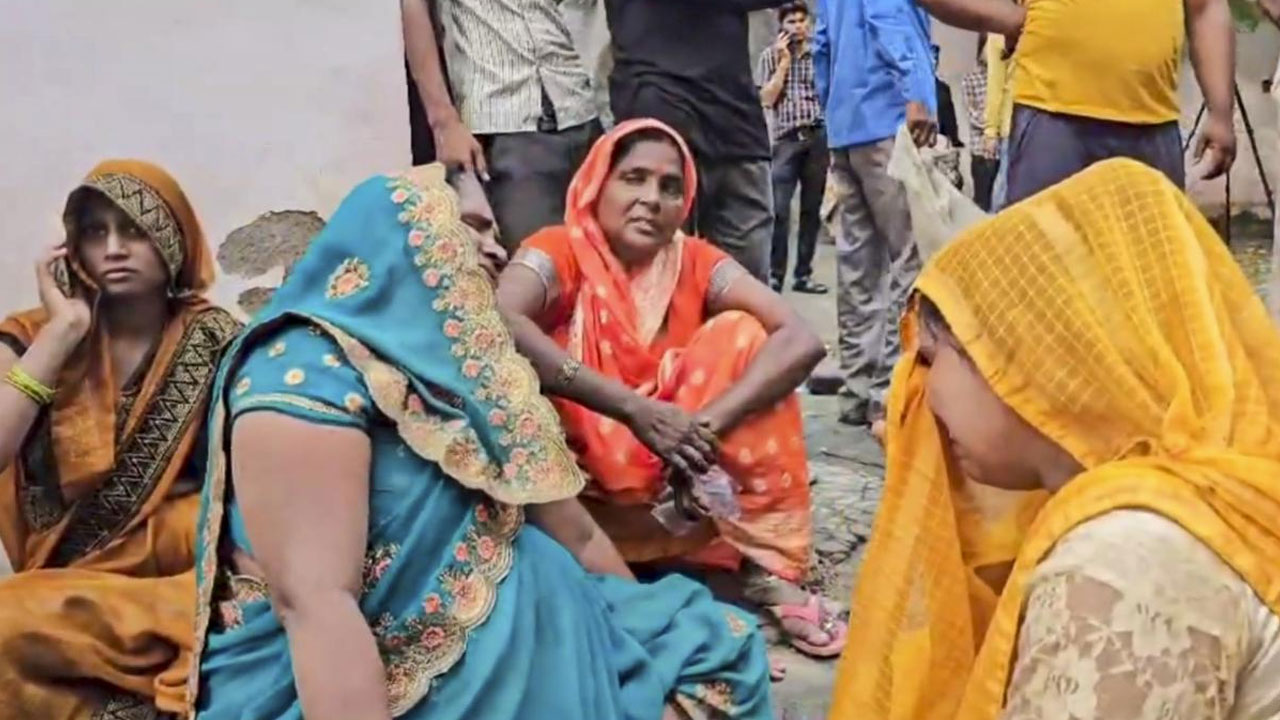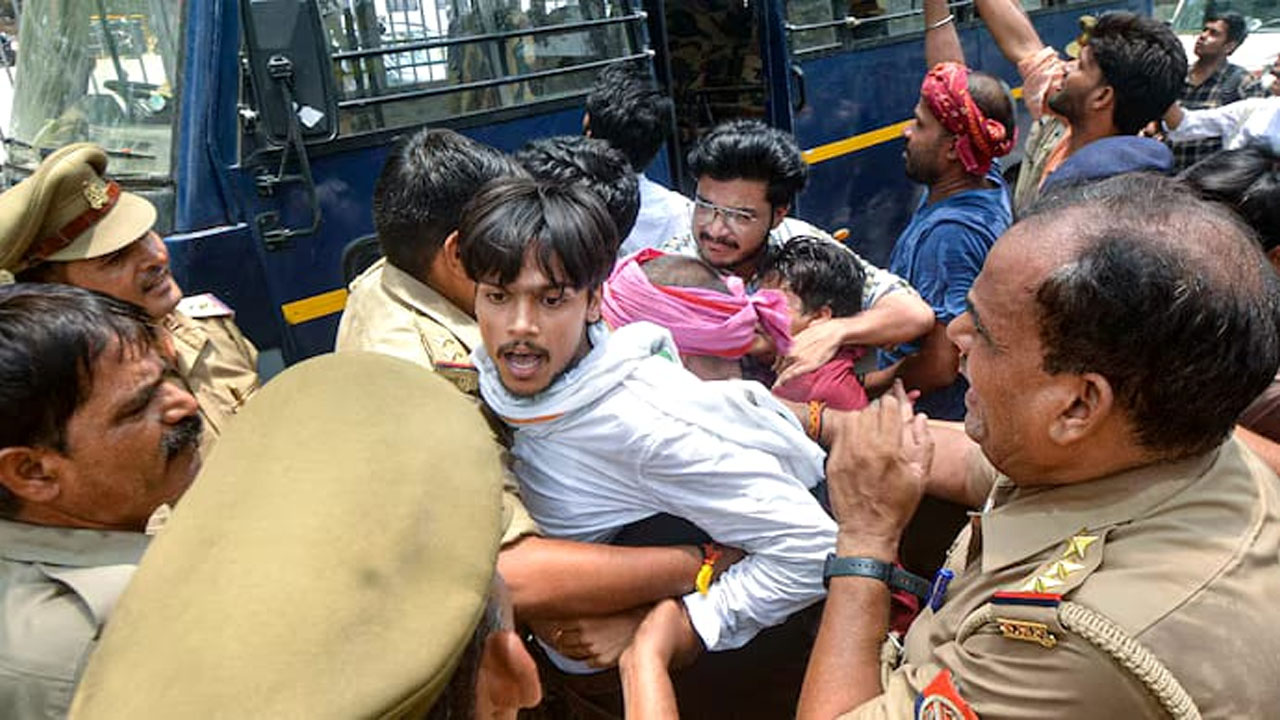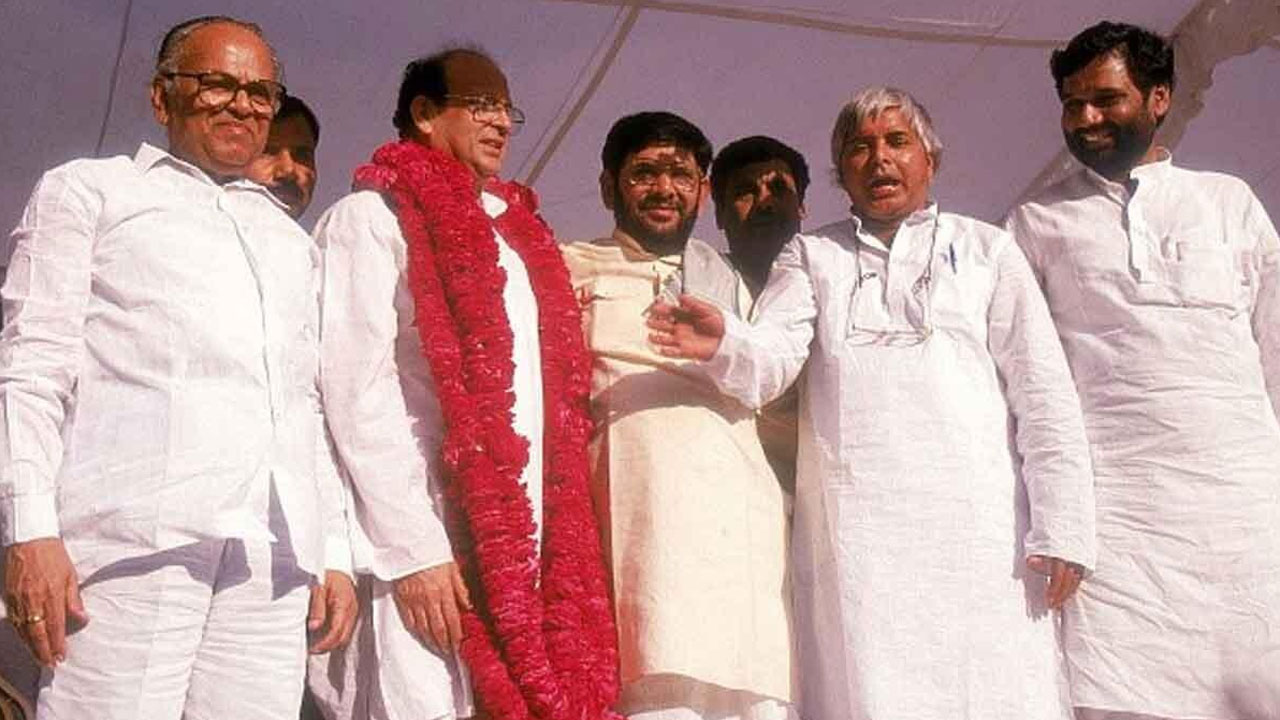On 29 August 2023, I had a conversation with Balasaheb Prakash Ambedkar, the founder-president of Vanchit Bahujan Aghadi. Among other things, we discussed what direction OBC politics should take and also which party the OBCs should vote for. Balasaheb was of the view that in no case should the OBCs vote for parties that are against reservations. He said that the Bharatiya Janata Party (BJP) was openly anti-reservation, so the OBCs should strike it off their list first. The Congress and the Nationalist Congress Party (NCP) are parties of Brahmins and well-heeled Marathas, with decision-making as well as execution in their hands. The OBCs have no place in them and so they should shun them, too.
Another key point he made was that the OBCs should make it clear that they would support only such parties that would give more than 50 per cent candidacies to the OBCs. This issue is of current relevance because Maratha-dominated parties like the Congress and the NCP mostly nominate Brahmins and Marathas as their candidates and field just one or two OBCs, who are basically touts. In return, they loot the entire 52 per cent OBC vote bank.
In its early days, the Shiv Sena used to field a large number of OBCs as its candidates. But that was when the foundation of the party was being laid and who could be better foundation stones than the OBCs? For the party, the OBCs were no more than sacrificial lambs. There are certain essential attributes of sacrificial lambs. One is that they should be incapable of independent thought. Second, they should have unflinching loyalty or better still, unquestioning devotion to the leadership. And the OBCs can still get full marks in the twin tests. No wonder, the nascent Shiv Sena banked on OBC candidates to build its vote bank and succeeded in cornering a substantive chunk of the 52 per cent OBC votes.
Once the party came of age and, thanks to its OBC vote bank, was in a position to ensure the victory of its candidates in parliamentary and state elections, it began replacing OBCs with Marathas and Brahmins as its candidates. For example, let’s take the Dhule constituency. OBCs cannot grasp anything without examples. So, let’s understand what happened in Dhule.
When I came to Dhule in 1972 for my studies, I saw walls painted with slogans urging the people to ensure the victory of Shiv Sena’s “combative leader Bapu Shardul” by a huge margin. The period from 1961 to 1967 had witnessed a wave of awakening among the OBCs all over the country. In 1967, the OBC movement succeeded in capturing power in three big states – Tamil Nadu, Uttar Pradesh and Bihar. The Marathas and Brahmins in the Congress were aware that this wave would soon engulf Maharashtra as well, especially given the fact that Phule, Shahu and Ambedkar had done extensive work in the state. That was the time when the Congress midwifed the birth of Shiv Sena. With Marathas dominating the Congress, the OBCs saw Shiv Sena as its political alternative.

The Shiv Sena fielded OBCs in large numbers to whet its appetite for power. Dhule’s Bapu Shardul was one of them. Bapu Shardul contested every assembly and Lok Sabha poll as a Shiv Sena candidate. He knew very well that he stood no chance of defeating the Congress candidate. Yet, he went on contesting one election after another, splurging his hard-earned money on electioneering, just to lay the foundation for Shiv Sena. Every time he lost his deposit. Elections over, he resumed his struggle for eking out a livelihood. After 1985, he carried the palanquin of Hindutva as well.
By the 1990s, the forces of Hindutva had managed to build a decent vote bank and Shiv Sena candidates had started winning polls. The party cast off Shardul and fielded a Maratha called Vijay Navle, who had nothing to do with the Sena. After 1990, a large number of Brahmins and Marathas suddenly started winning elections as Shiv Sena candidates. Even if an OBC like Chhagan Bhujbal managed to get elected, a Brahmin like Manohar Joshi was made to sit on his head so as to ensure that an OBC could never become a leader of the OBCs. In fact, the Shiv Sena was created to ensure that no independent leader of the OBCs emerges from their ranks.
The strategy was simple: Field an OBC with political aspirations and make him spend his hard-earned money on elections. After losing the elections, he would be back to putting his nose to the grindstone. In this way, Shiv Sena ruined the lives of innumerable OBC workers who harboured political ambitions. Had these OBC workers, instead of falling into the trap of the Shiv Sena, worked for the OBC organization founded by advocate Janardhan Patil, Maharashtra, too, would have had an OBC party and the OBCs would have captured power. But the Shiv Sena, propped up by the Marathas and the Brahmins, served its purpose and ruined an entire generation of OBC leaders.
This was replicated at different times. Shiv Sena-like parties were created to ruin the OBCs. The Aam Aadmi Party (AAP) and the Bharat Rashtra Samiti, which are making forays into Maharashtra now, are clones of the Shiv Sena. Just like the Maratha-Brahmin combine ended the career of an exemplary leader like Bhujbal, in Delhi, Arvind Kejriwal ensured the demise of the ideological leadership of Yogendra Yadav. And now, the AAP is readying to ruin the OBC workers in Maharashtra. Telangana Chief Minister K. Chandrashekar Rao (KCR) is openly purchasing OBC workers at a much discounted rate of Rs 5,000-10,000.
Against this backdrop, Prakash Ambedkar’s formulation of voting for a party that offers 50 per cent candidacies to OBCs won’t work because leaders like Kejriwal and KCR are looking for OBC stones to lay the foundation of their parties. We need to look elsewhere for deciding whom to back in the 2024 Lok Sabha polls.
(Translation from the original Hindi by Amrish Herdenia)





